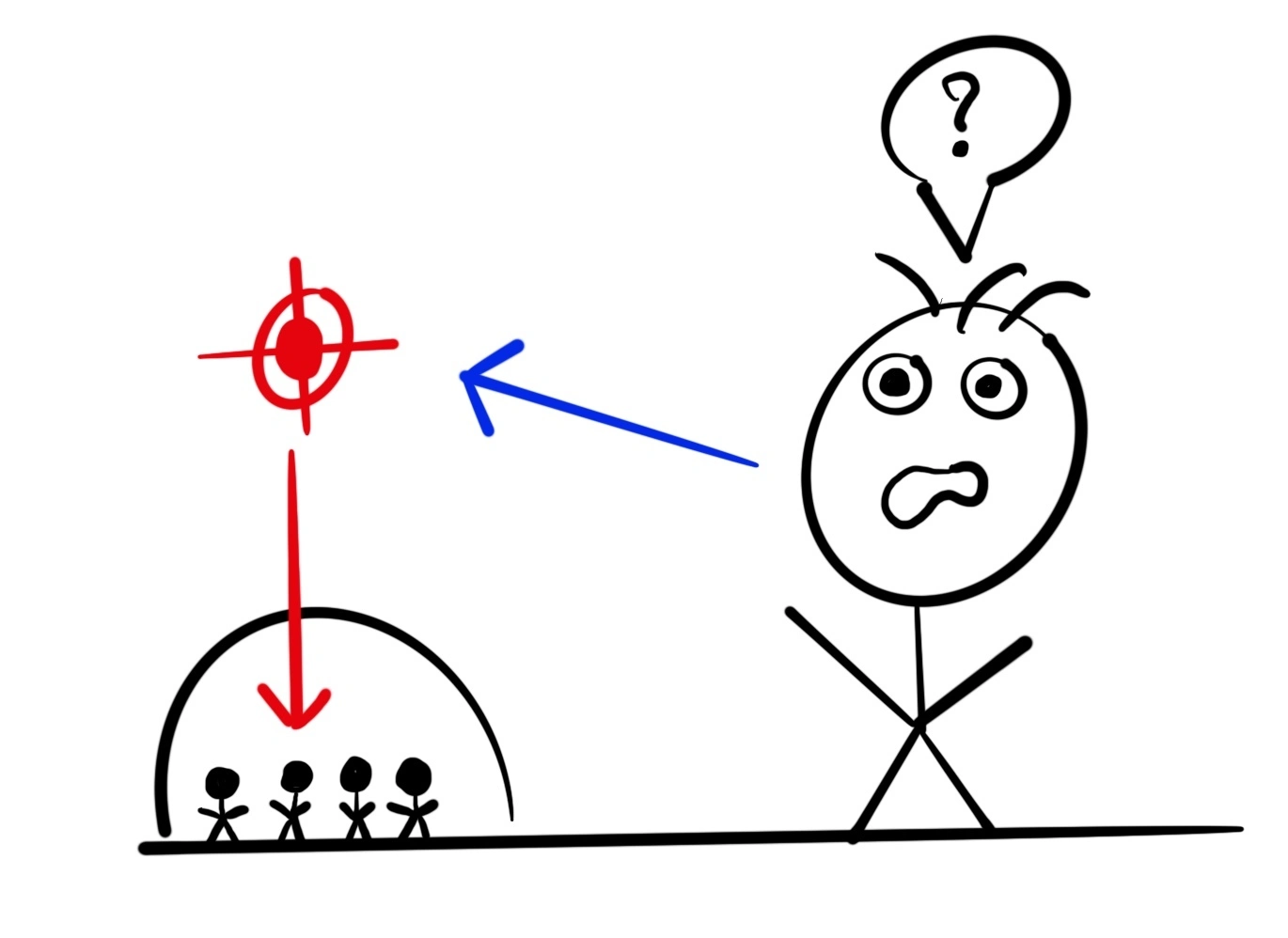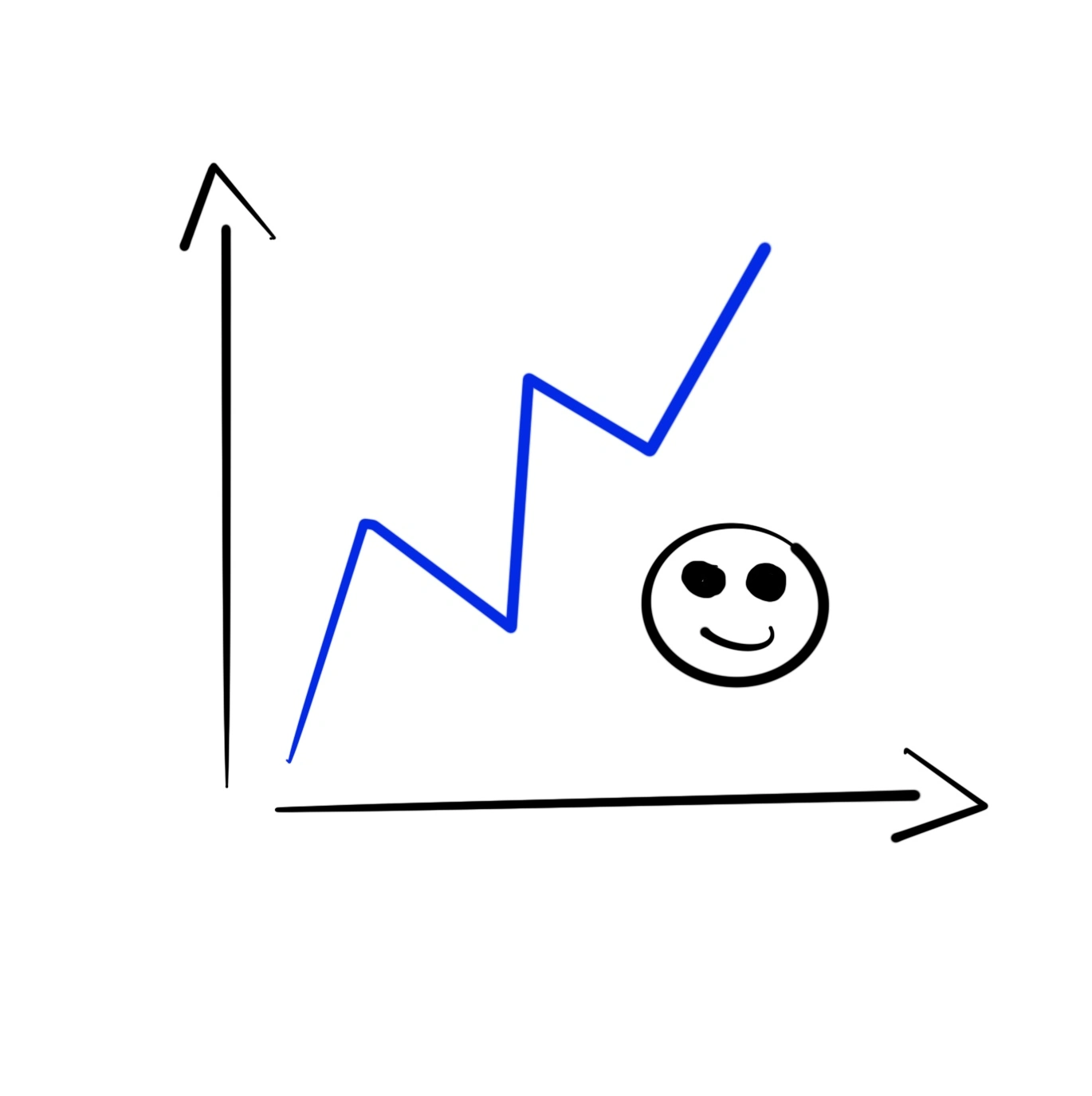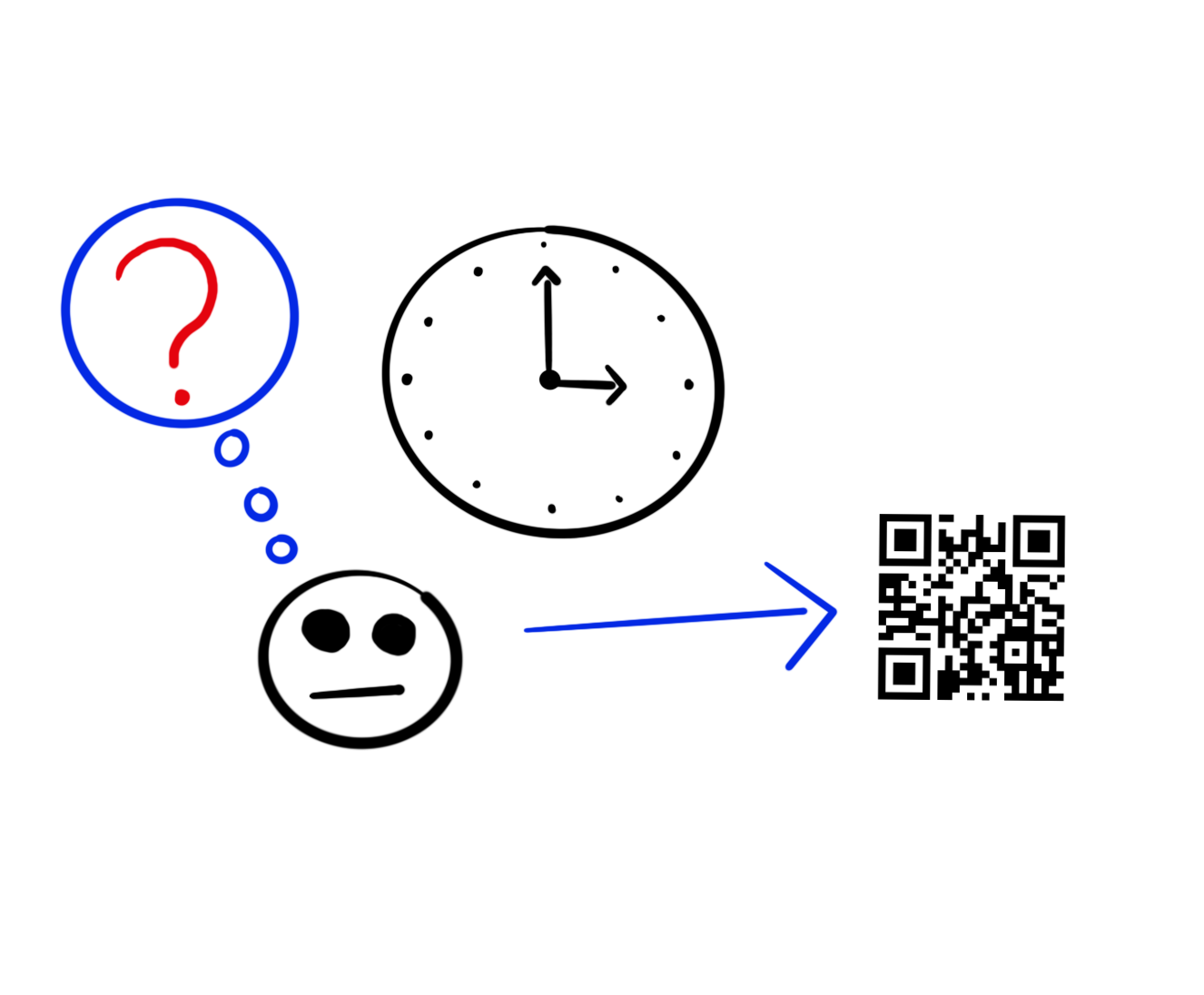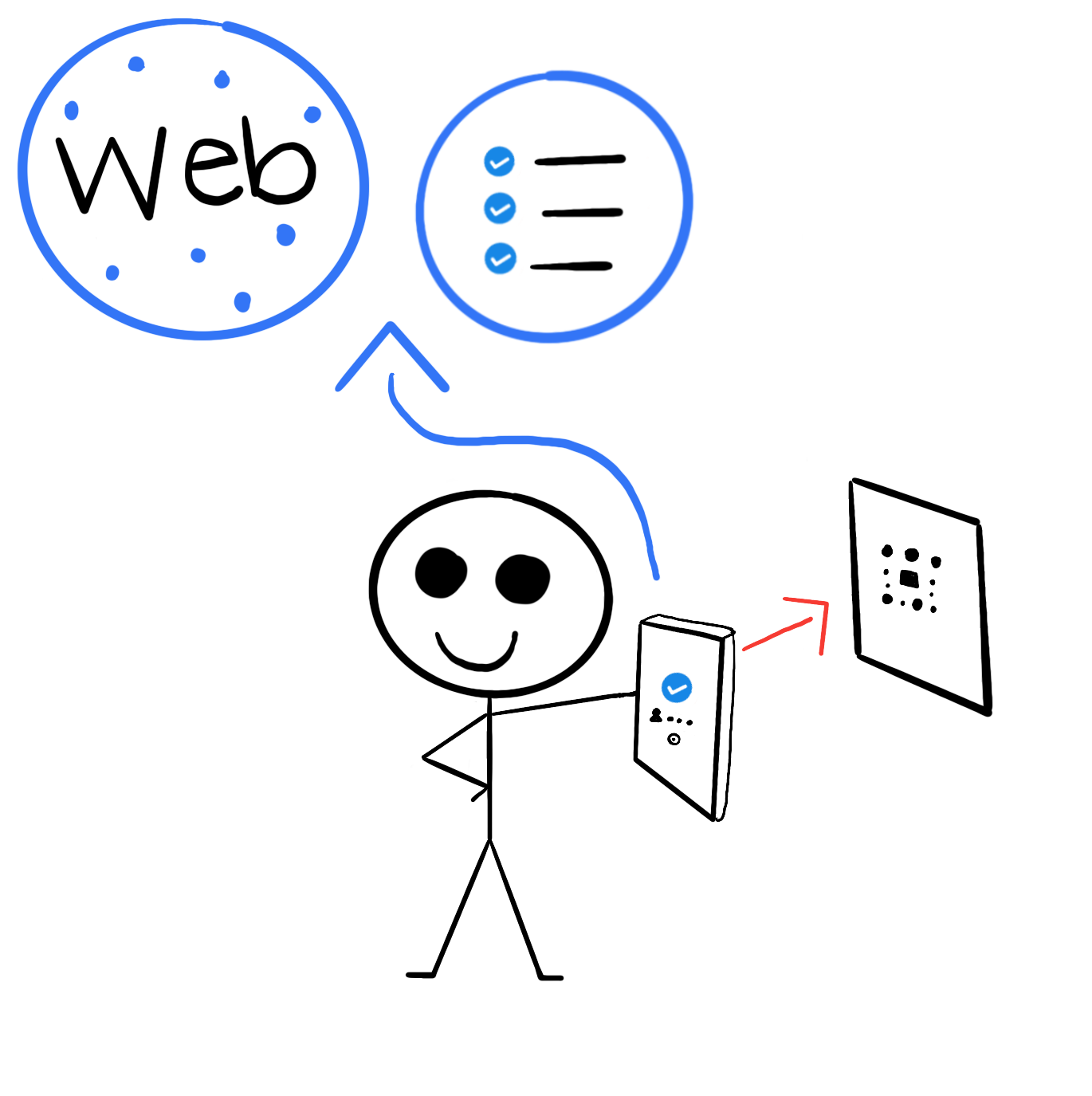More often than not, employees can forget to clock out at work. After all, we’re all humans, and this kind of mistake can happen to anyone. As an employer or manager, this can become a problem because you may lack visibility on some of their working hours. In the long term, this can create trust issues, or even worse, legal problems.
New processes are hard to follow, and creating a habit doesn’t come easily. Entire books have been written about it; lots of strategies are available.
Let’s remind ourselves of the basics and come back to the clock-out issue after understanding the foundation of habit-forming techniques.
Without any assisting tools, one of the most classic tips is to start small: it has to be achievable. Seeing too big is a recipe for failure.
A study by the American Psychological Association found that 40% of individuals give up on their new habits within the first month, often due to setting unrealistic goals or lacking accountability structures
For instance, try to check your emails at very specific times each day, this is small and quite simple. At first, you may want to set up an alarm for it.
The next technique is to anchor your new habit to an old one. For instance, write a daily report each day before leaving work. After a while, you’ll naturally remember that right before finishing up with your day, you have to write this report.
Set specific goals. You don’t want to just be “more productive”, you should rather “complete 3 tasks per day” It’ll give you a sense of achievement, and will become a routine you can tighten.
Be consistent, do not let go of what you’re trying to build. Be it the daily report or the tasks set each day. According to psychologist Dr. Angela Duckworth, forming habits requires consistency and a growth mindset. She emphasizes small wins to achieve what you want.
Reward yourself. It can be as little as giving yourself a break or taking a cup of coffee. The reward will motivate you to pursue your goals and help with the consistency.
Be patient, Rome didn’t build itself in a day, and your habit-forming cycle won’t either. Multiple studies have shown that on average, it takes 66 days for a new behavior to become automatic.
Be accountable and communicate. A Gallup poll revealed that employees who feel supported by their peers are 10 times more likely to stay engaged at work, indicating the positive impact of teamwork on workplace habits and productivity.
Have a vision. Seeing the end goal, and seeing it beforehand will help in your motivation to achieve it.
If you want to know more about forming habit strategies, there are two very famous book named Atomic Habits by James Clear and The Power of Habit by Charles Duhigg that explain this theme in-depth. They are a best-seller, so don’t hesitate to check it out.
Collecting all those different ideas of how to form a habit, we can use technologies to help out and prevent forgetting to clock out at work. Aquiestoy has this kind of feature built-in and will remind your workforce to clock out.
This is very simple, once you have your account set up and the worker is registered, you can add a setting to notify this person to clock out after some time at work, ideally right before he should do it.
As a manager, you can adjust the time the notification appears, or even deactivate it completely for some or all of the employees depending on who you want to help out building up the habit of checking out of work. After all, there’s a chance that some won’t need it at all.
Once set up, it’ll appear every time a work cycle starts, usually every day after a specific time worked. If forgotten, you’ll be alerted on the dashboard thanks to our system as well, so you can work on the issue and eventually solve it with the employee.

Employee location and time tracking apps designed for manual labor and factory settings come in various forms, from simple clock-in/clock-out systems to more sophisticated solutions that use RFID tags, GPS, or other technologies to monitor employees' movements.

I noticed that maximizing productivity in a factory isn't as simple as it seems. Here are five strategies to help improve it
Traditional timesheets or paper reports are solutions from the past that can be easily automatized nowadays. Thanks to Aquiestoy you could simplify the process and make it more accurate in just a few steps.

If you want to follow the time worked of your employees, one efficient solution is to have them use QR Codes to clock in and out of your company.

The idea behind QR Codes is simple, you can scan them with any imaging device, such as a camera and it’ll be interpreted through some kind of algorithm by your device.

We'll show you how you can build a tracker from scratch, and show you a free solution that could do it for you as an alternative.